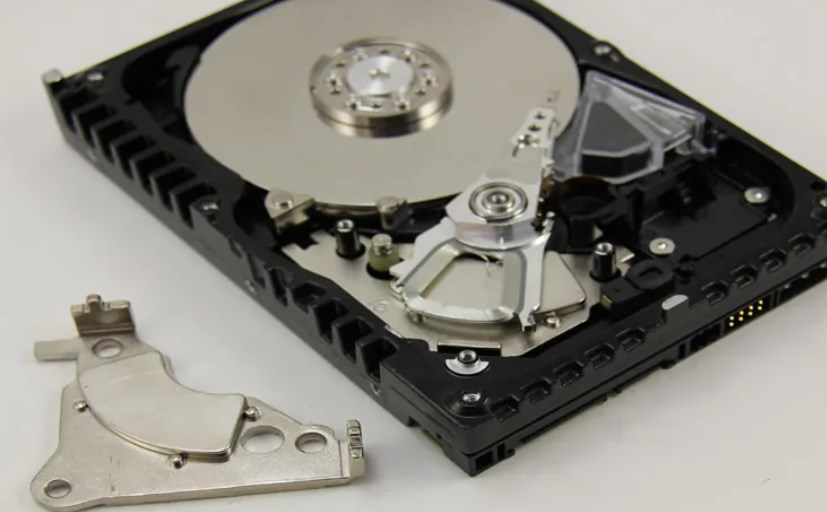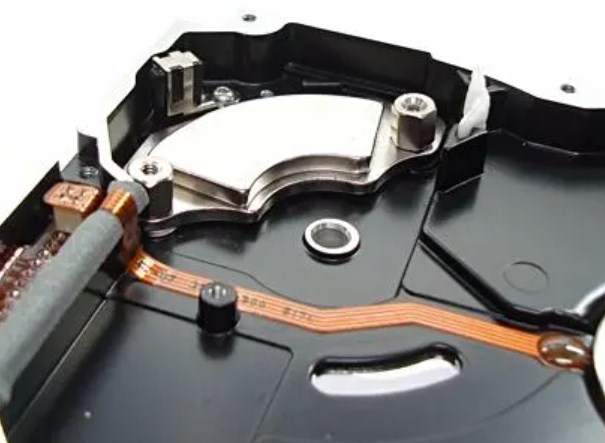Hard Drive Magnets: A Crucial Element in Modern Computing
In the digital age, the storage and retrieval of data are fundamental to our daily lives. Whether it’s storing family photos, accessing work documents, or enjoying your favorite music, data storage is an integral part of modern computing. At the heart of this technology lies a seemingly small yet remarkably powerful component – hard drive magnets. In this article, we dive into the world of hard drive magnets, exploring their significance and the critical role they play in modern computing.

Understanding Hard Drives
Before we delve into hard drive magnets, it’s essential to grasp the basics of how hard drives work. A hard drive is a storage device used in computers and other electronic devices to store and retrieve digital information. It consists of one or more rotating disks, or platters, coated with a magnetic material. Data is written and read from these platters using a magnetic read/write head that hovers just above the surface of the spinning disk.
The Role of Hard Drive Magnets
Hard drive magnets are crucial components within the structure of hard drives. They serve several vital functions:
Head Actuation: Hard drive magnets are responsible for moving the read/write heads into position over the spinning platters. They ensure precise positioning and rapid access to specific data on the disk.
Spindle Motor: Inside the hard drive, a spindle motor rotates the platters at high speeds, typically ranging from 5,400 to 7,200 revolutions per minute (RPM). Magnets play a key role in driving this motor, maintaining the disk’s constant rotational speed.
Stabilization: Hard drive magnets help stabilize the spinning platters, preventing wobbling or vibrations that could lead to data corruption or read/write errors.
Types of Magnets in Hard Drives
Hard drives contain two primary types of magnets:
Neodymium Magnets: These powerful magnets are commonly used in modern hard drives for their strength and compact size. They are crucial in head actuation and spindle motor functions, ensuring precise and efficient data access.
Ferrite Magnets: These magnets are often found in older or lower-end hard drives. While they are less powerful than neodymium magnets, they still contribute to the hard drive’s overall functionality.
The Evolution of Hard Drive Technology
Over the years, hard drive technology has evolved significantly. Advances in magnet materials, drive design, and storage capacity have allowed for smaller, more efficient, and higher-capacity hard drives. Neodymium magnets, with their superior strength, have enabled the development of ultra-thin and lightweight laptops and solid-state drives (SSDs).
Challenges and Future Developments
As computing demands continue to grow, the need for greater storage capacity and faster data access drives ongoing innovation in hard drive technology. Engineers are exploring new magnet materials, advanced read/write head designs, and alternative storage technologies like SSDs and cloud-based storage solutions.
In conclusion, hard drive magnets are the unsung heroes of modern computing. While they may seem insignificant, their role in data storage, retrieval, and device functionality cannot be overstated. As technology continues to advance, these small but powerful magnets will continue to play a crucial role in shaping the future of data storage and computing.
